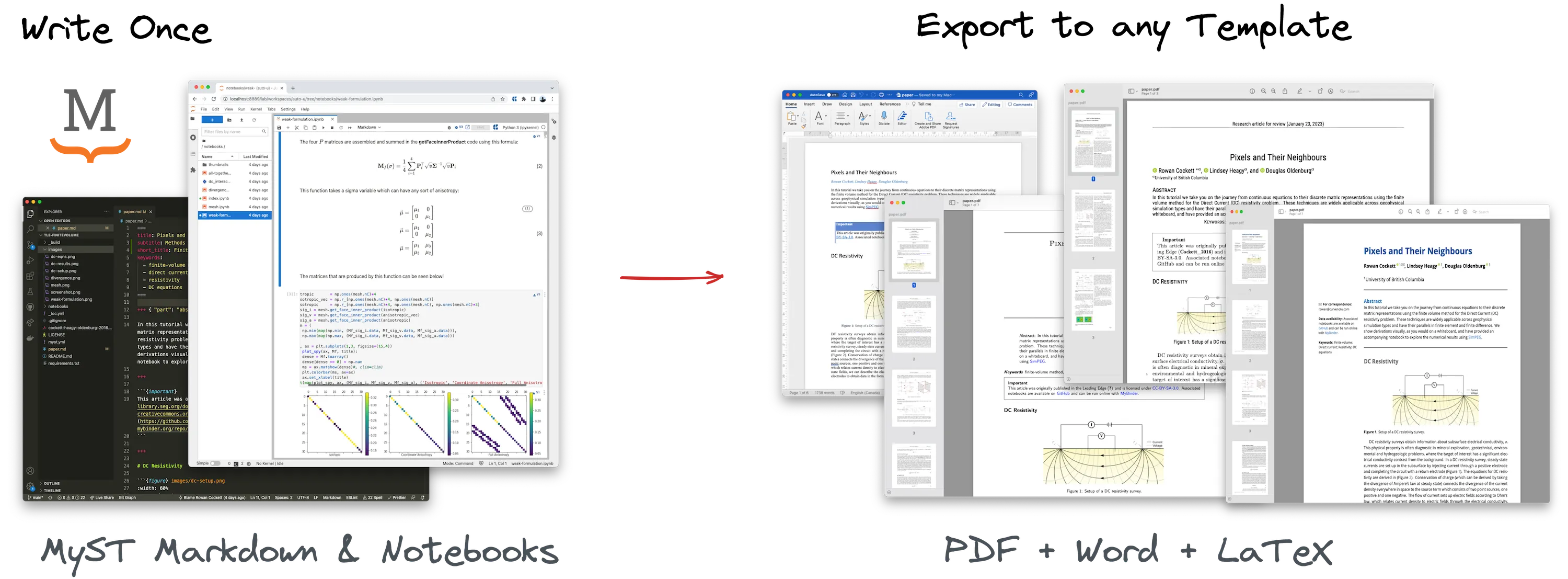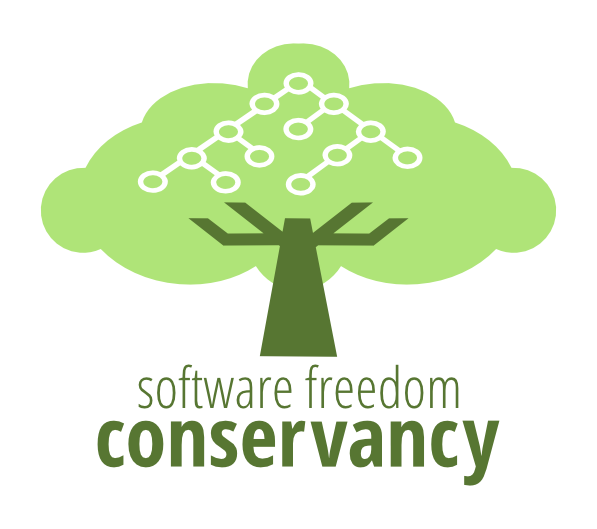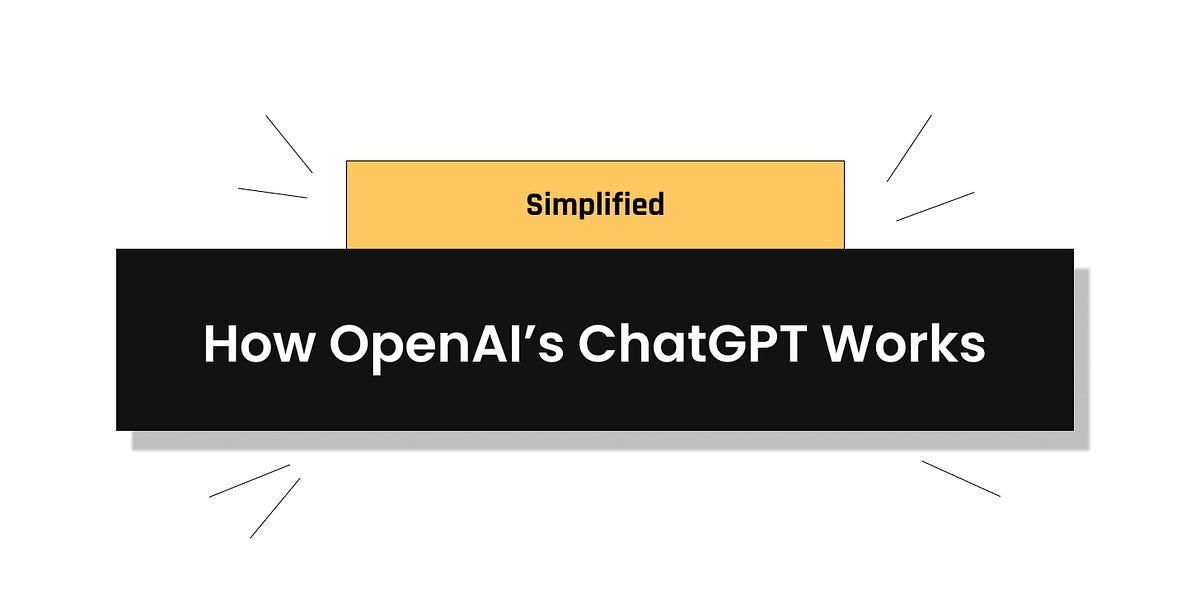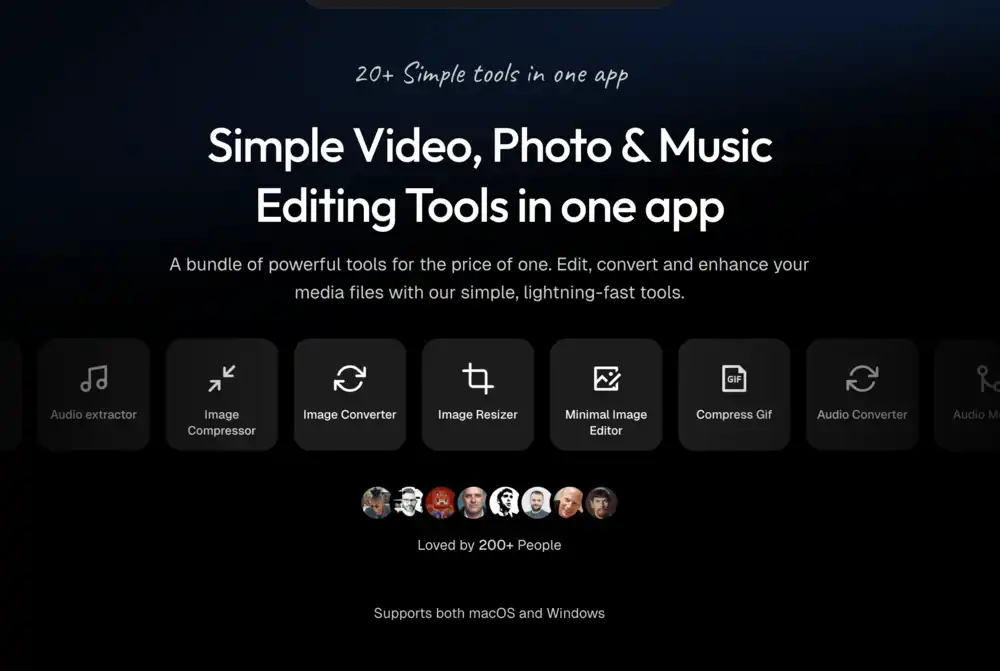Retry Algorithm Showdown: Linear, Exponential, and Capped Exponential Backoff
This article compares three common retry algorithms: linear backoff, exponential backoff, and capped exponential backoff. Linear backoff increases the wait time by a fixed amount with each retry; exponential backoff doubles (or multiplies) the wait time with each retry; capped exponential backoff is similar to exponential backoff but with a maximum delay. The article also discusses adding random jitter to prevent "thundering herd" problems when multiple clients retry simultaneously.













